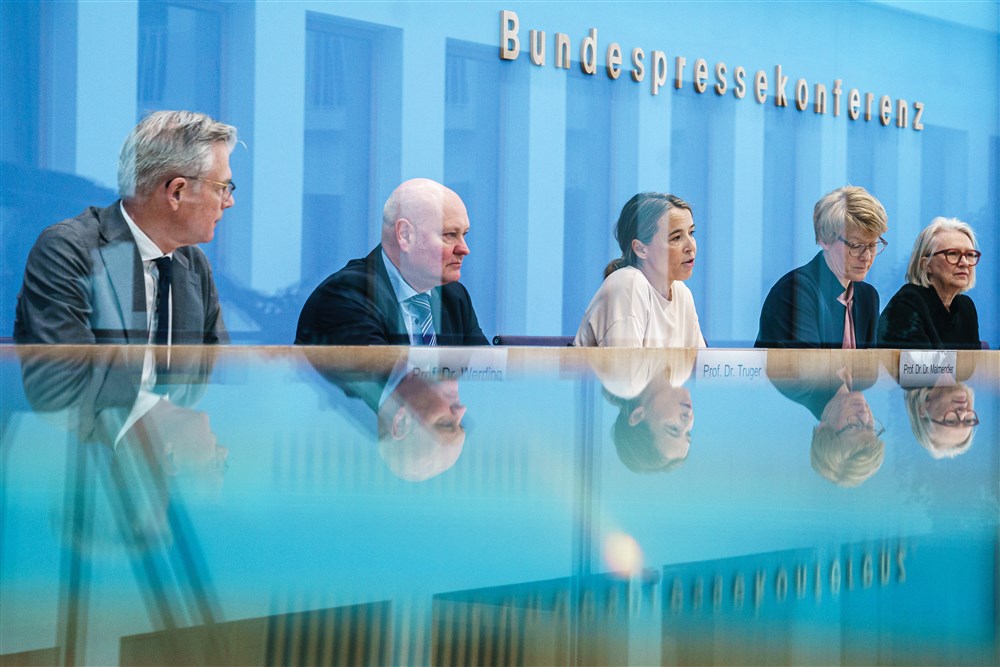Now that Germany has done away with nuclear power, the consequences of that decision are becoming clearer; the country is no longer able to meet national electricity demand from domestically generated energy alone.
Despite a sharp increase in the share of renewable energies in the German electricity generation system in the first half of 2023, which has been lauded in ‘green’ circles, the actual amount of electricity generated from renewables did not increase over the same period and is in fact below the corresponding figures from 2020 and 2022.
According to experts, the reason the share of renewables in overall power production has risen so strongly is mainly due to the fact that total electricity generation has fallen significantly this year.
Germany imported a total of 1,945 gigawatt hours between January 1 and April 16 this year, the day the last nuclear power plant shut down. Over that period of 106 days, Germany depended on foreign imports of energy for 23 days, or 22 per cent of the time.
Now, however, in a nuclear-free Germany, foreign energy dependence has increased dramatically. From April 16 to June 12, the country relied on imports for 47 out of 57 days.
Deutschland macht sich bei der Stromversorgung immer abhängiger vom Ausland: Im Juni hat das Land so viel Strom importiert wie noch nie seit Meldebeginn im Jahr 2015. pic.twitter.com/A1W450Ks4E
— Simon Haas (@simhaas) July 1, 2023
Foreign energy provided a total of 6,712-gigawatt hours. This corresponds to an import quota of 82 per cent of total use, far removed from a few years ago when Germany was an electricity exporter. The reversal came following the country’s so-called energy transition, as shown by data from the Federal Statistical Office in Wiesbaden.
In the last week of June, Germany was the biggest importer of electricity in Europe. It also had to burn more brown coal to generate power itself. Currently, energy prices are also considerably higher than before the ongoing energy crisis that has followed Russia’s invasion of Ukraine.
As some 30,000 wind turbines and 2.7 million photovoltaic systems failed to reliably supply enough electricity as Germany wound down nuclear energy production, the share of fossil fuels in power generation rose last year. During a three-week period last December, Germany generated as much electricity from coal as it had at the end of January 2017.
Some observers claim that if Germany had not phased out nuclear power from 2011, the electricity mix would be much more climate-friendly today: in 2010, for example, the country still produced some 130 TWh of electricity from nuclear power, roughly equivalent to the amount it generated from lignite and coal in 2021.
In addition, many neighbouring countries, including France, Denmark, Austria and Switzerland, now produce significantly less greenhouse gas emissions from electricity generation than Germany does.
Wir haben heute Daten zur öffentlichen Nettostromerzeugung für das erste Halbjahr 2023 vorgestellt, basierend auf den @energy_charts_d. Mit einem Anteil von 57,7% zur öffentlichen Stromversorgung lag die Erzeugung aus #Erneuerbaren deutlich über dem Vorjahr (51,8%). pic.twitter.com/XFXMF1pYkK
— Fraunhofer ISE (@FraunhoferISE) July 3, 2023
Dass der Erneuerbaren-Anteil so stark gestiegen ist, liegt vor allem daran, dass die Gesamt-Stromerzeugung in diesem Jahr deutlich zurückgegangen ist. (3/5) pic.twitter.com/ble6di8JkK
— Malte Kreutzfeldt (@MKreutzfeldt) July 4, 2023





